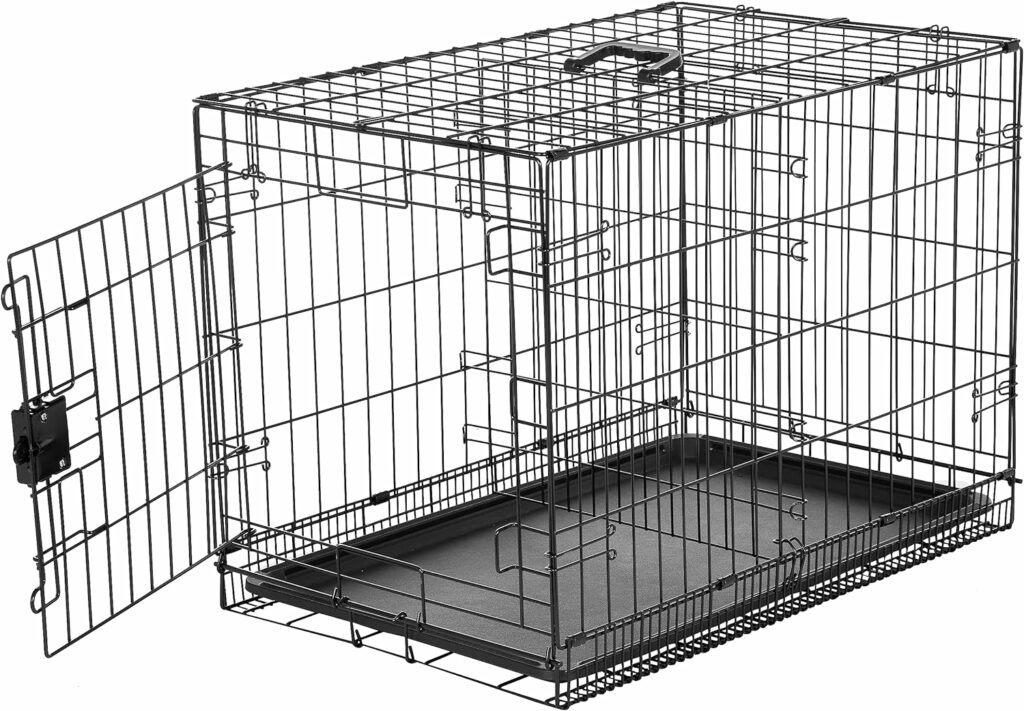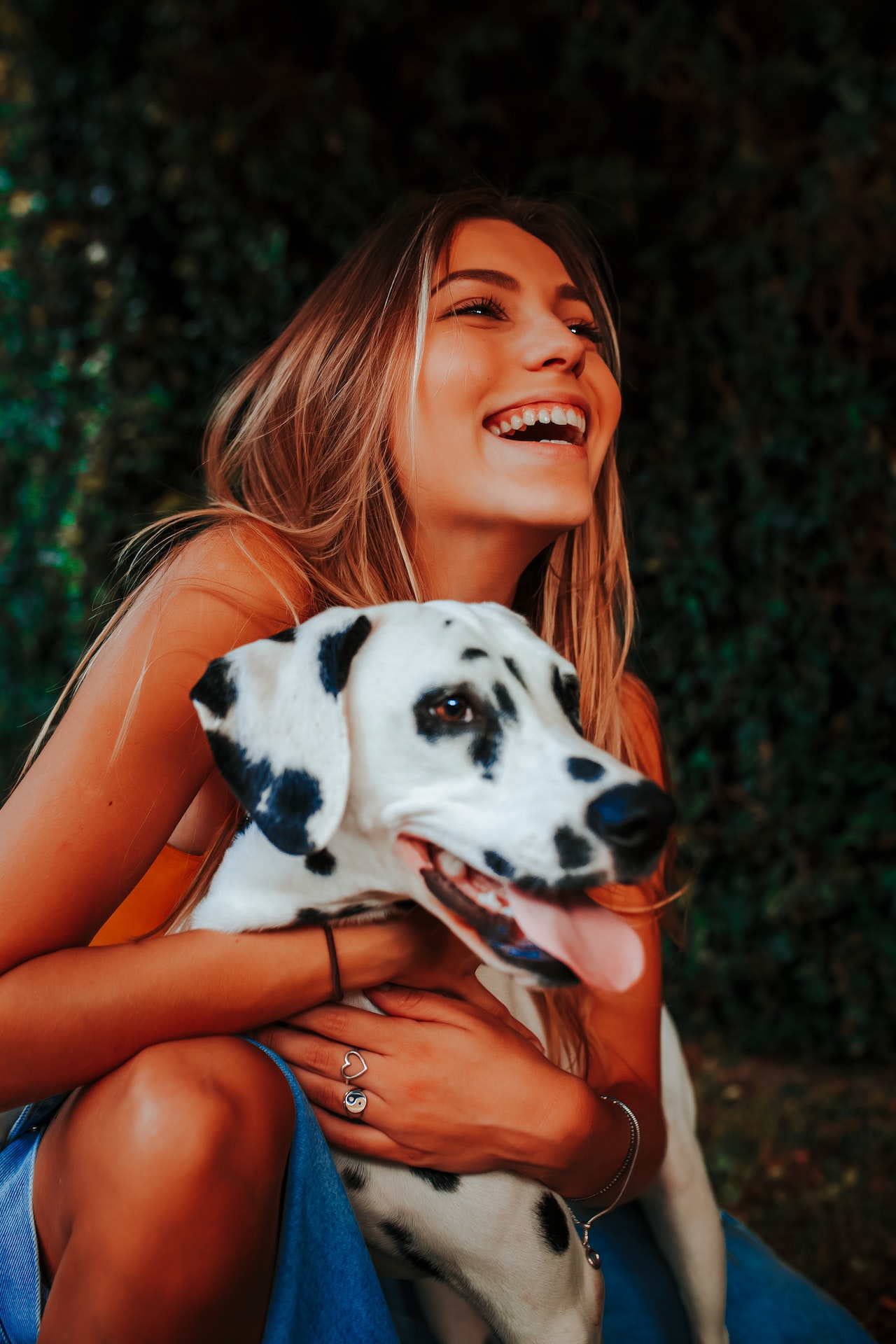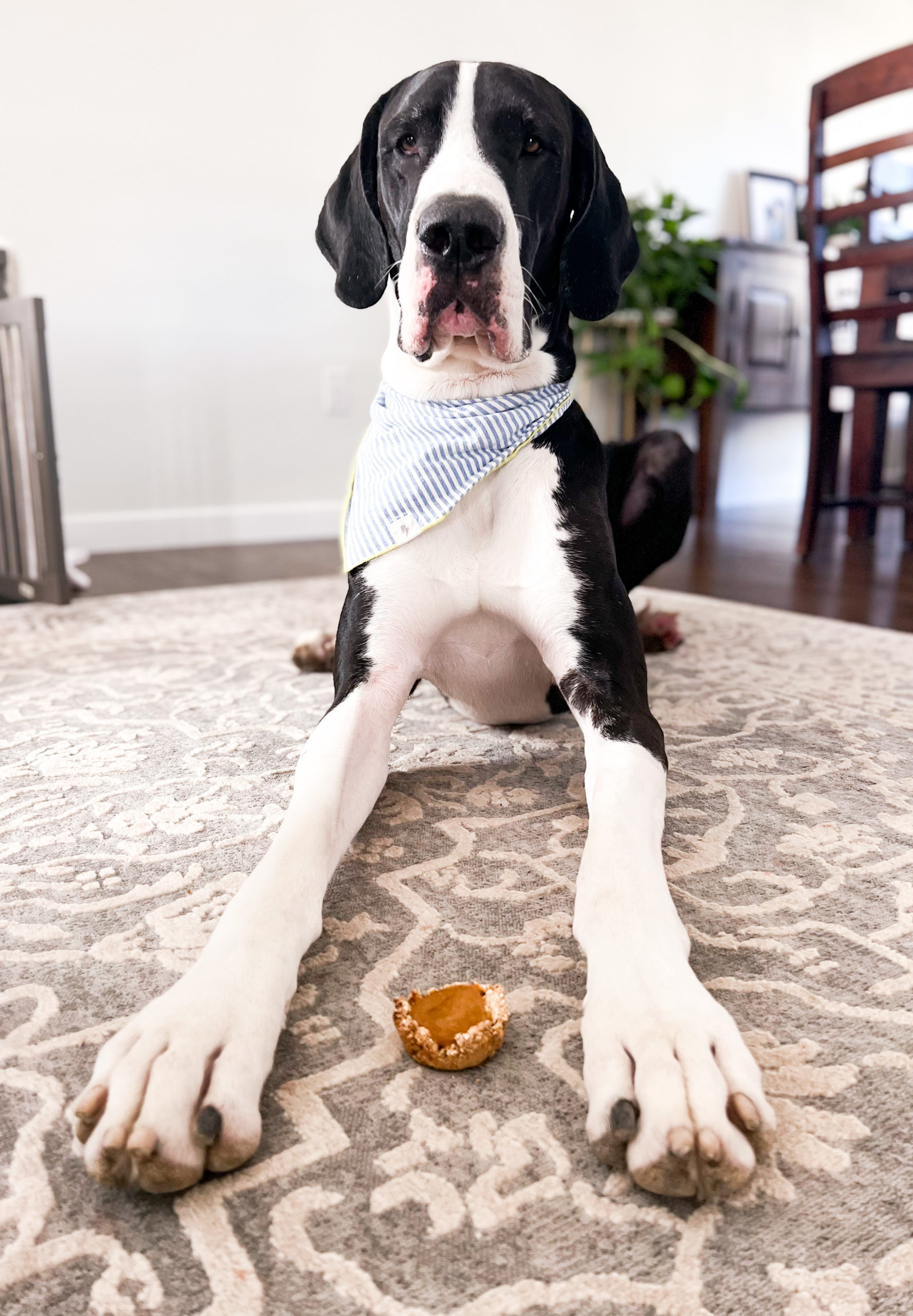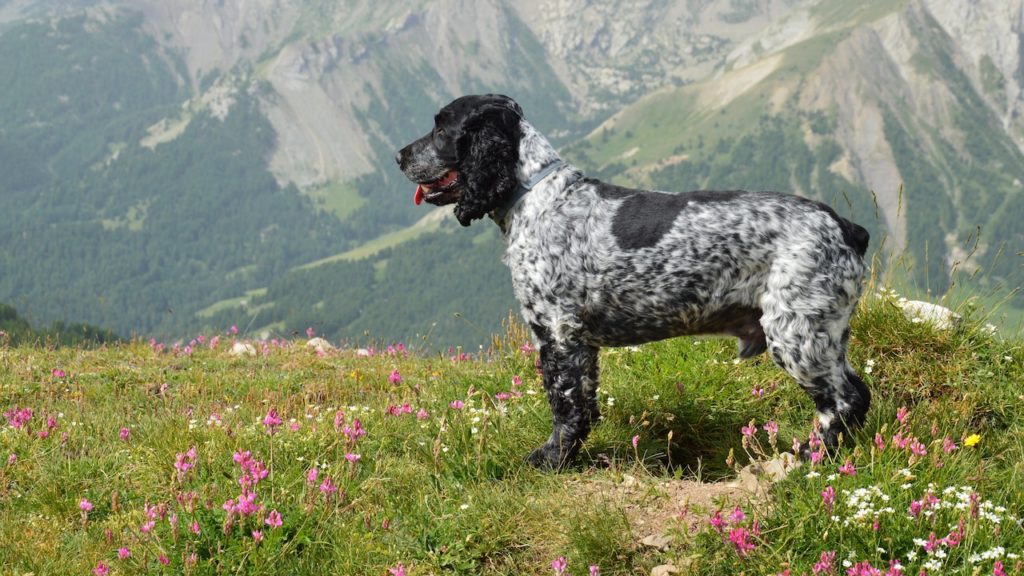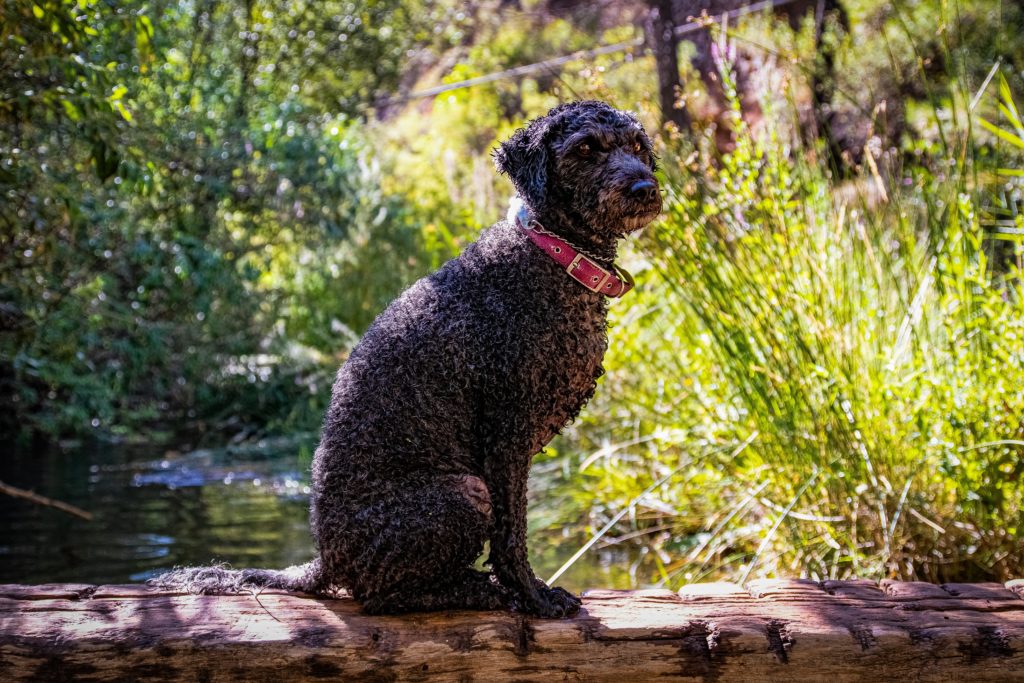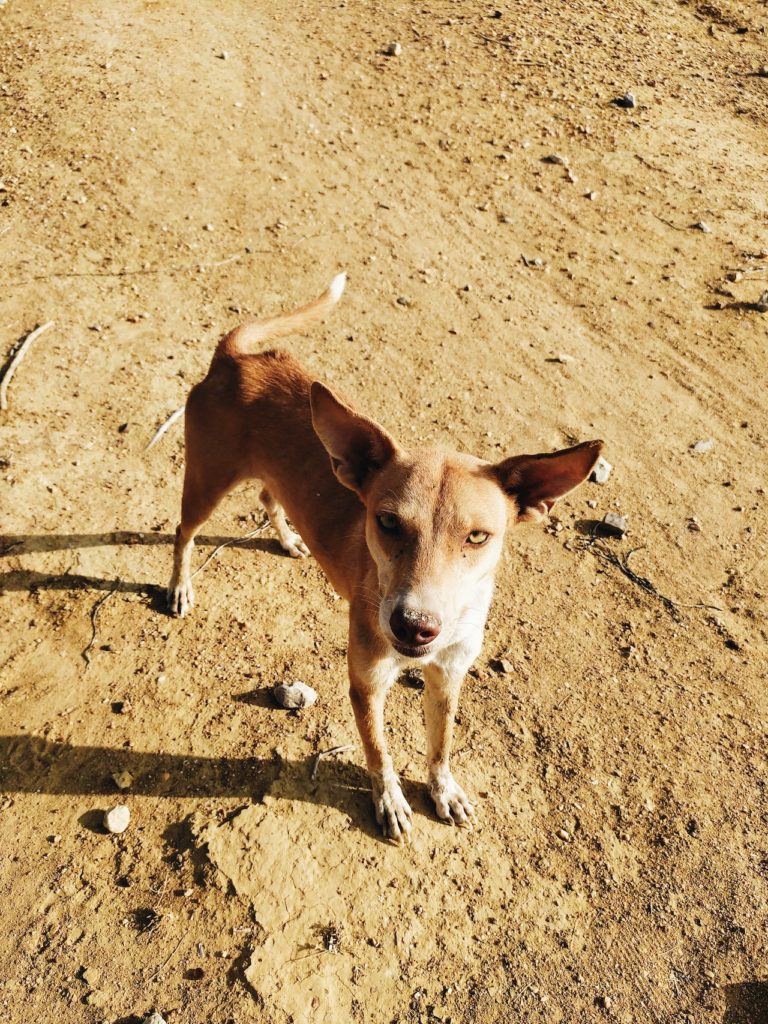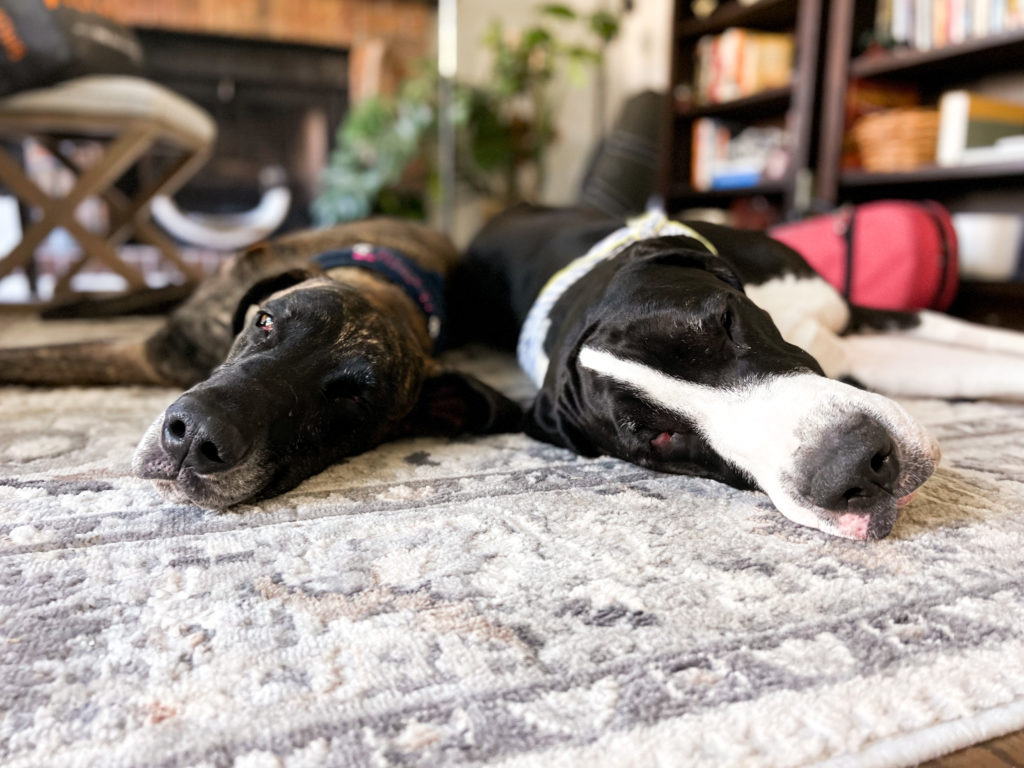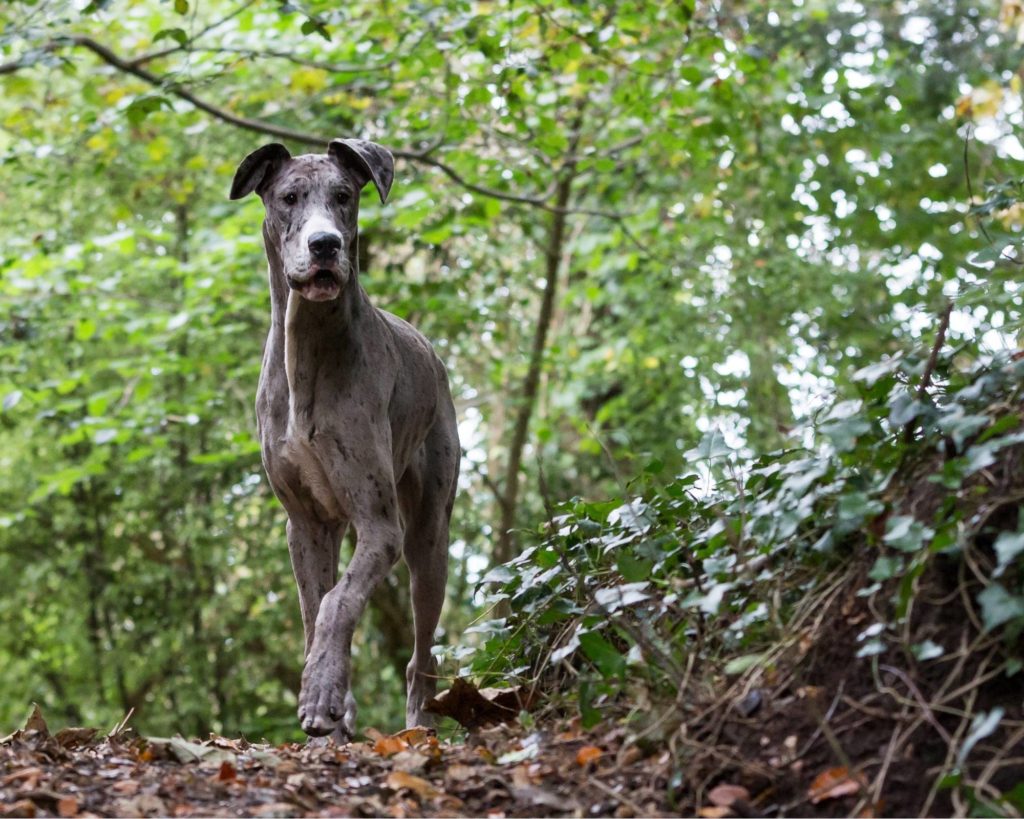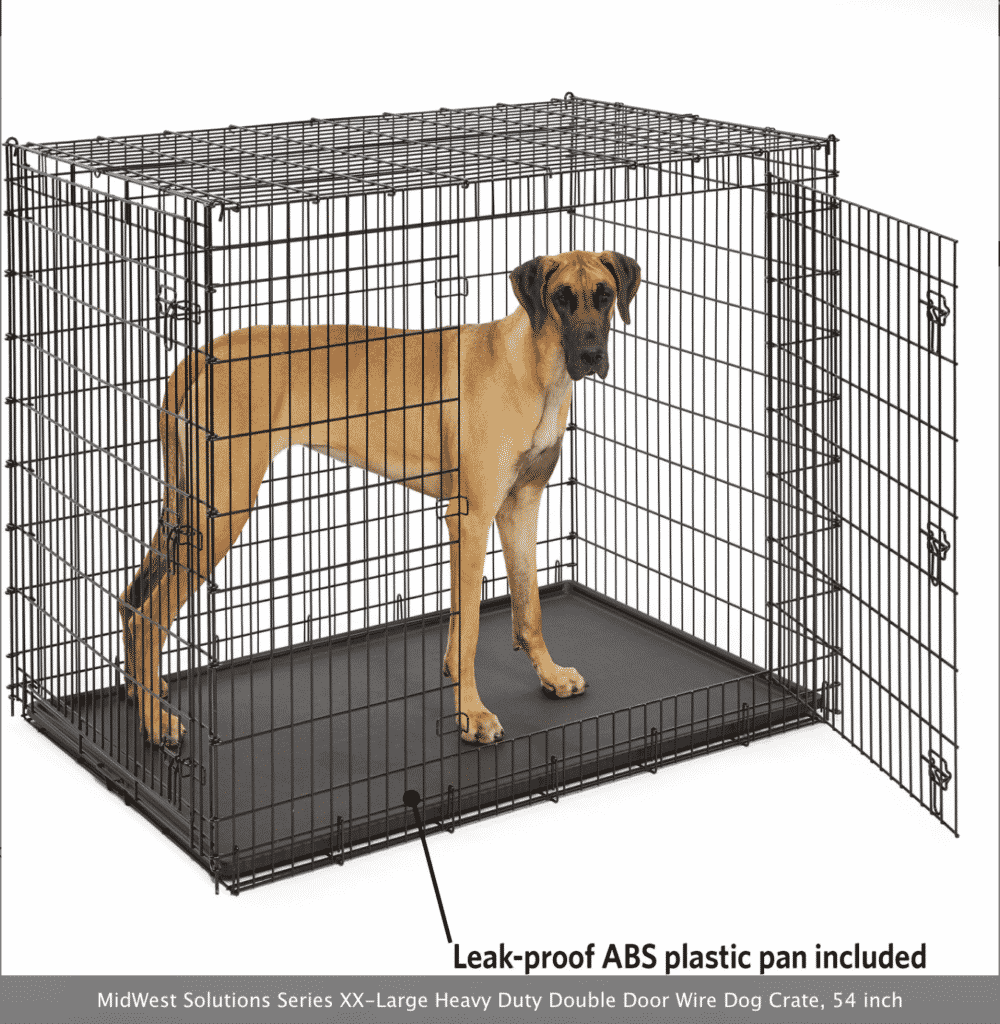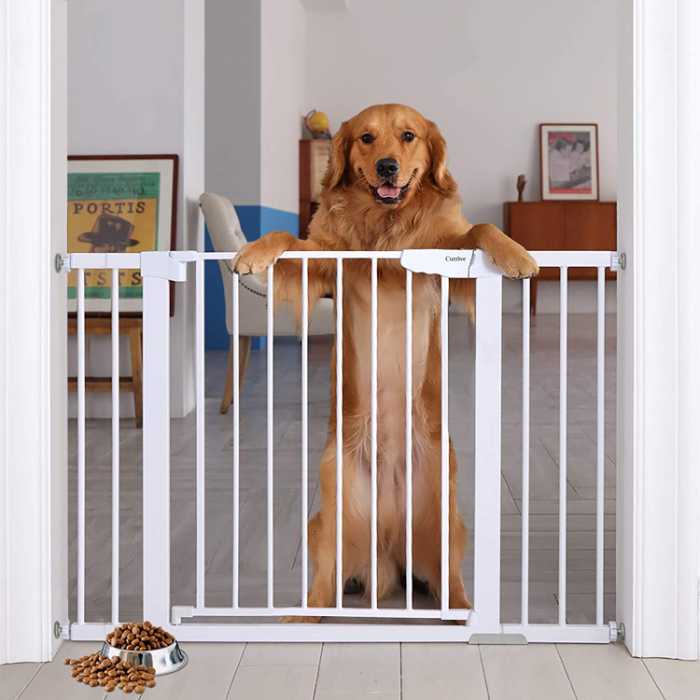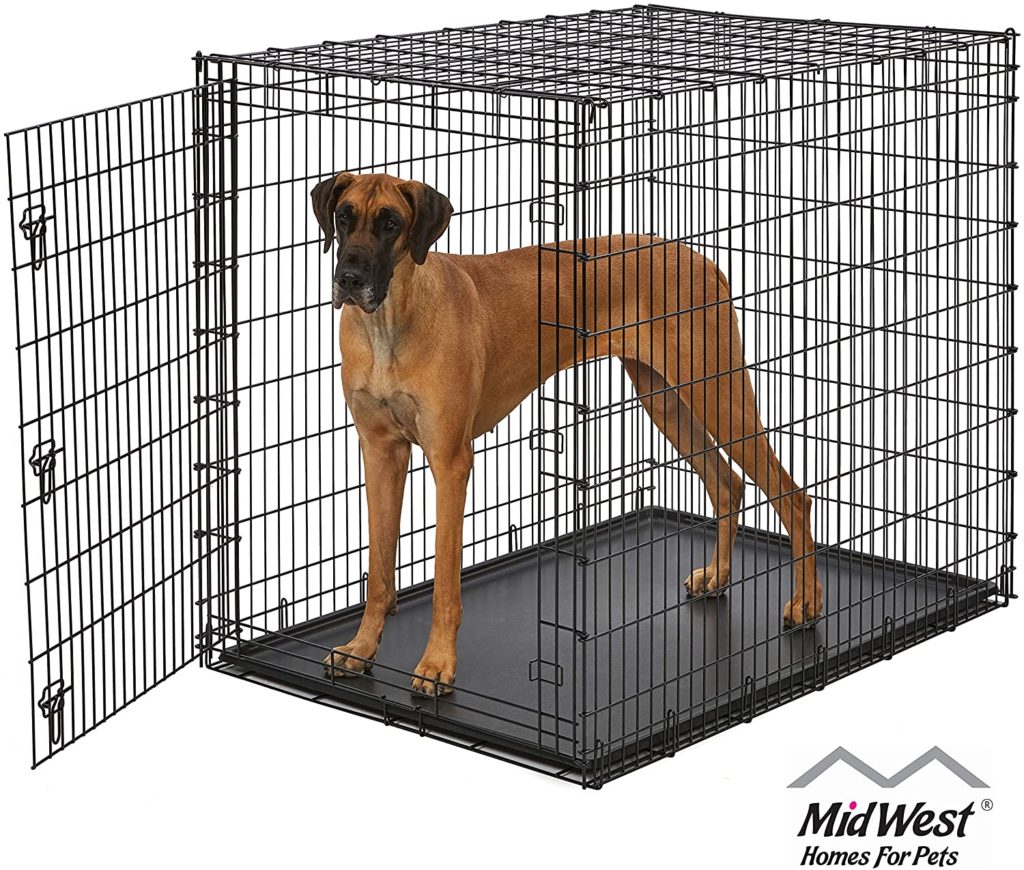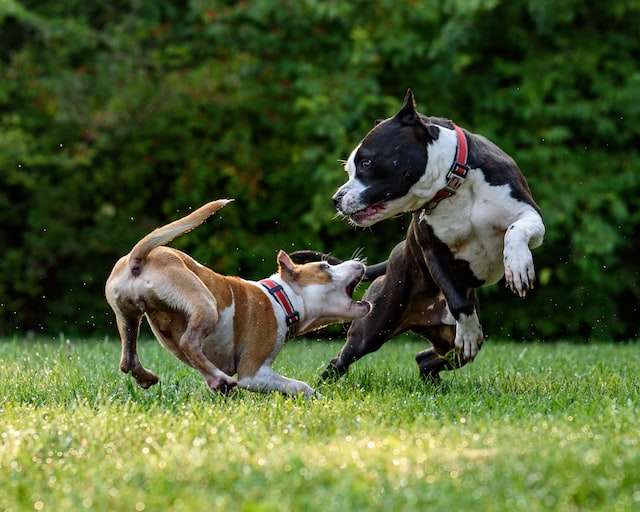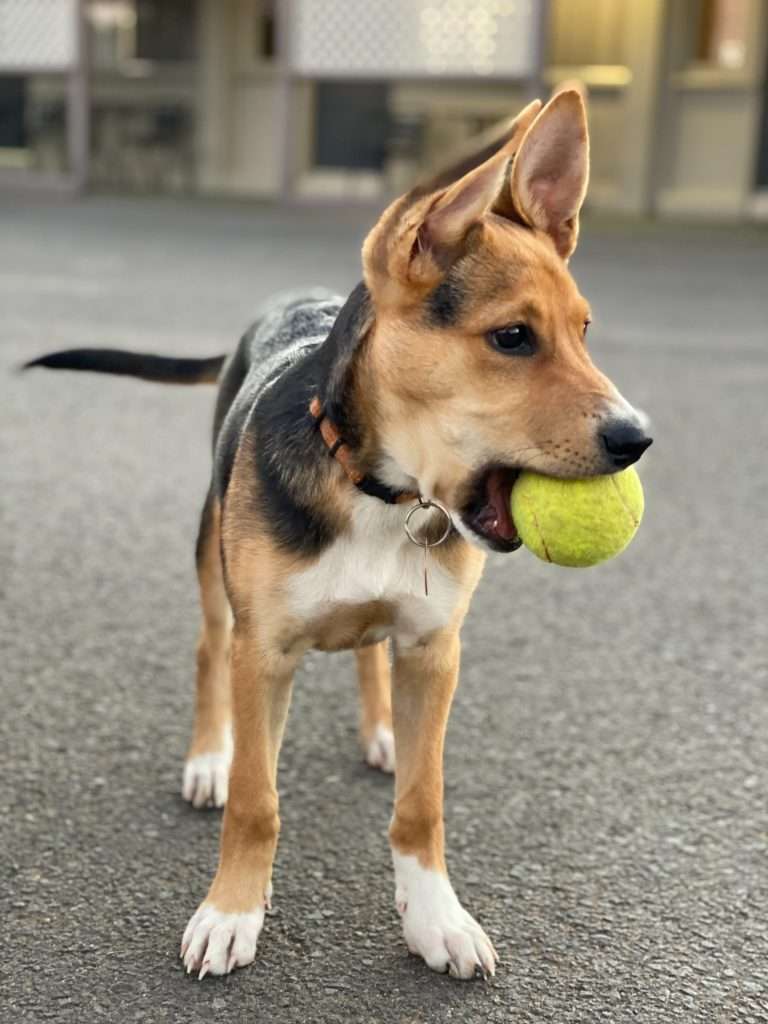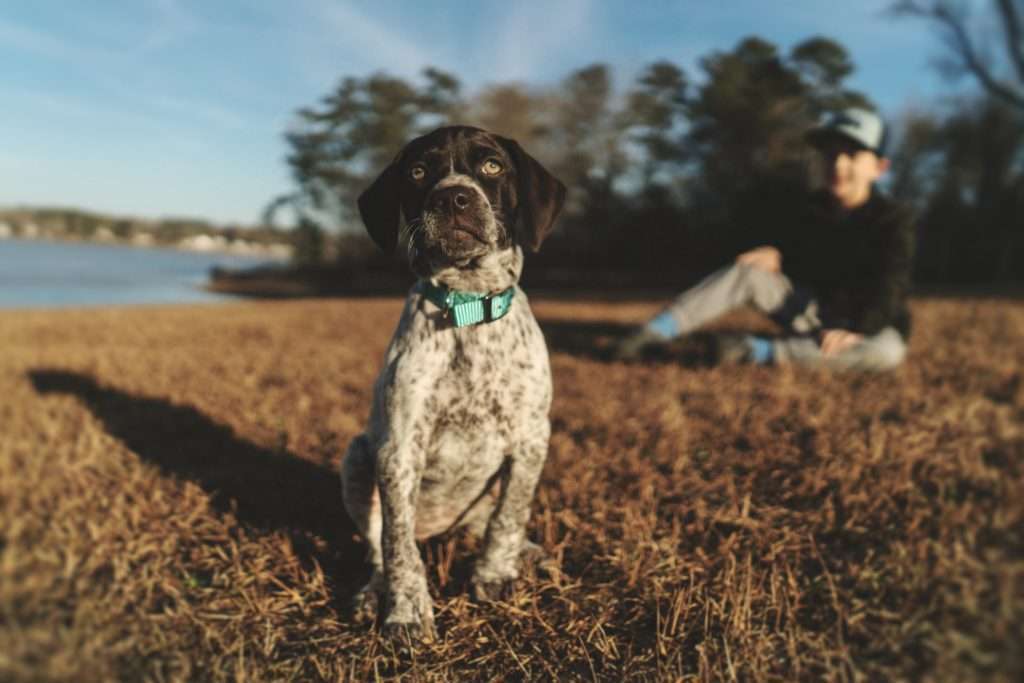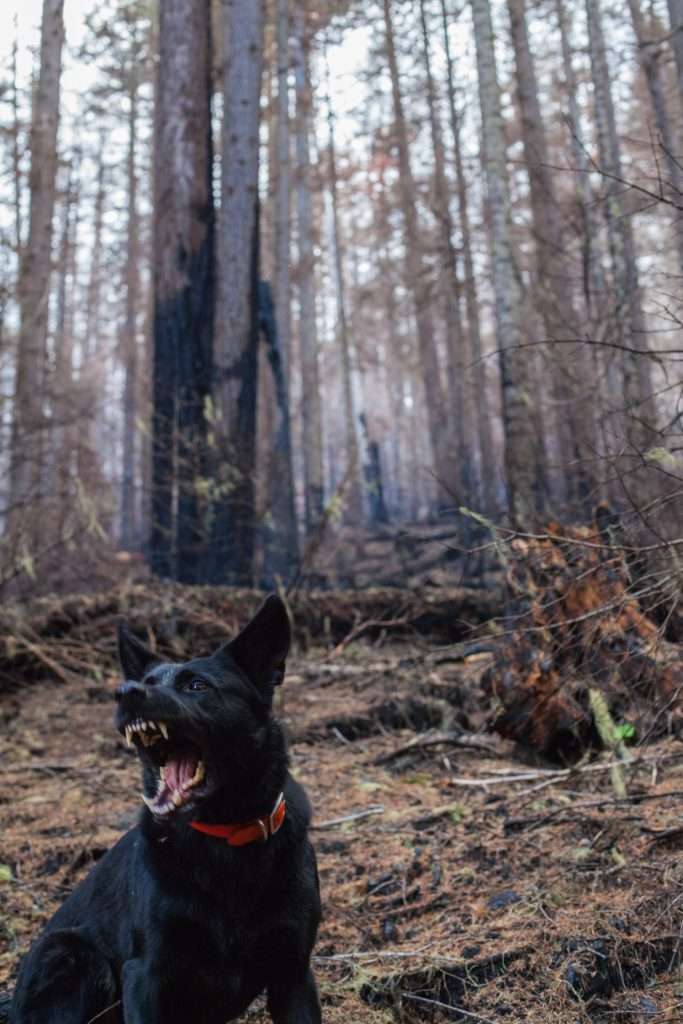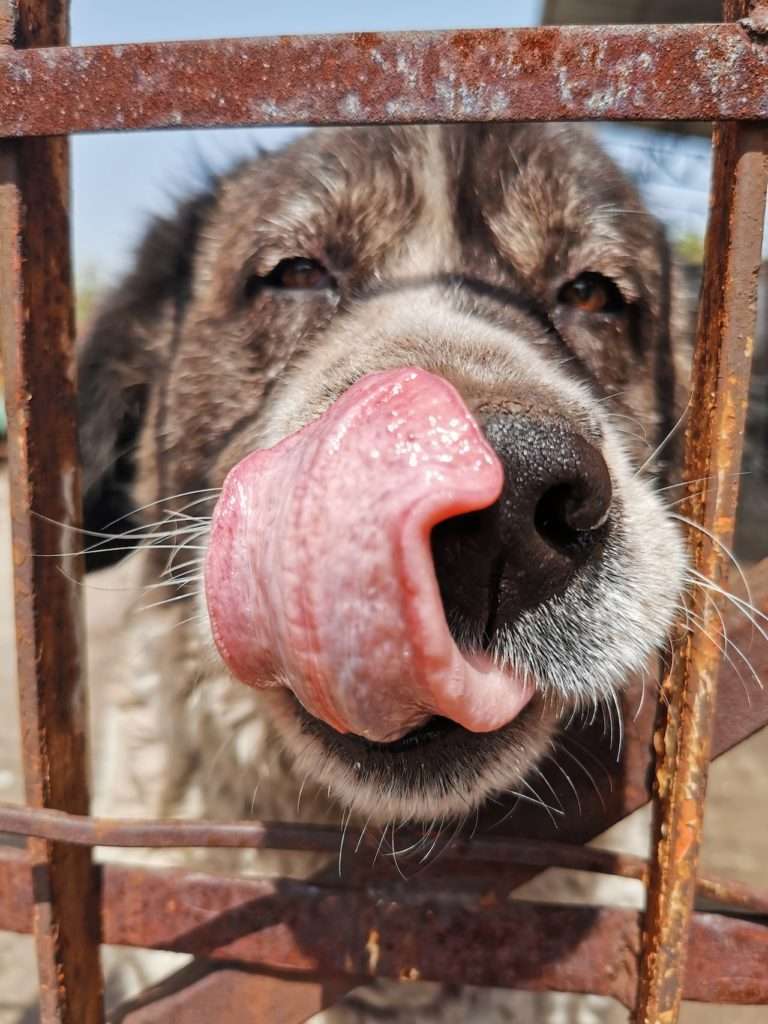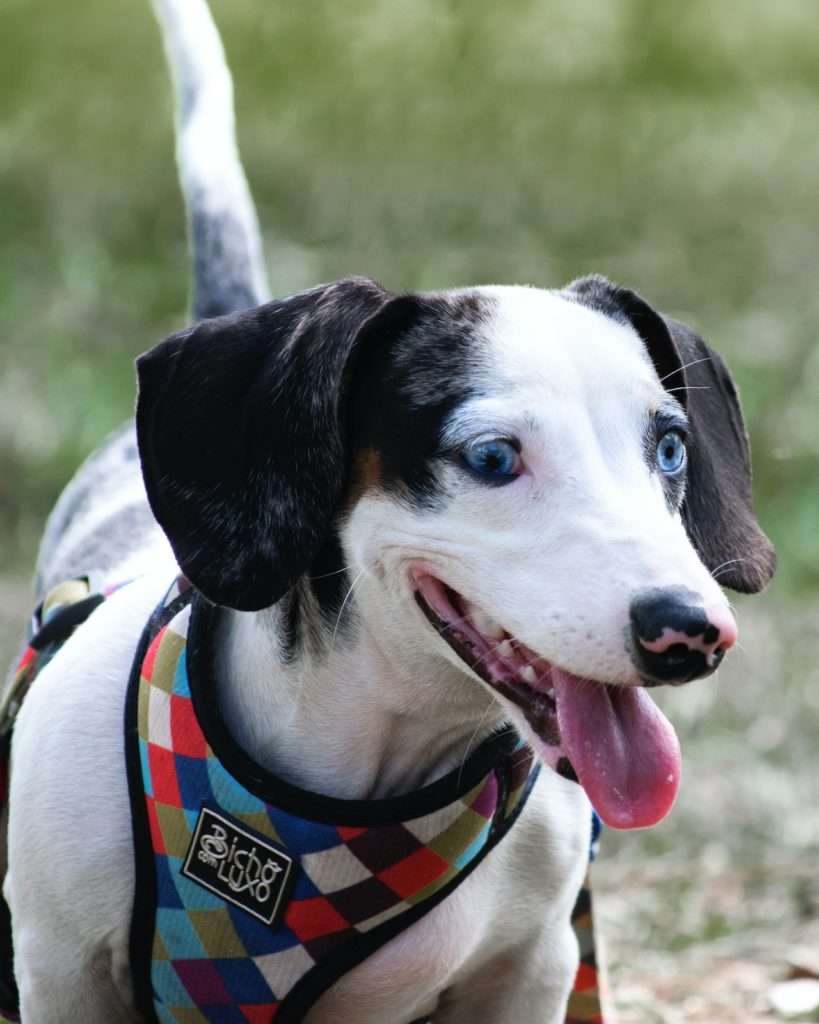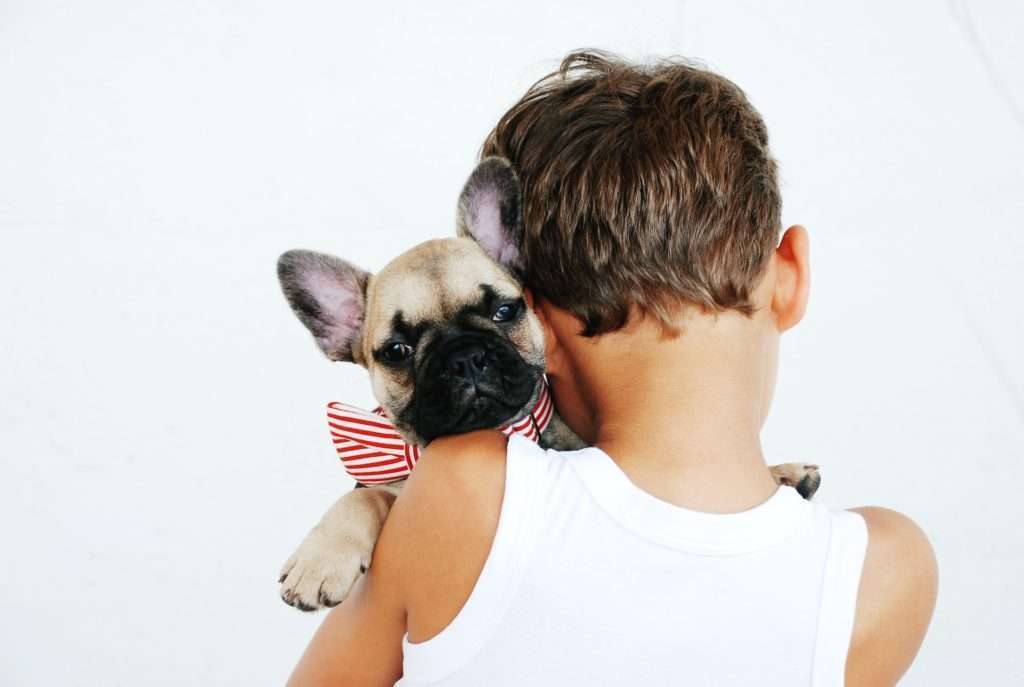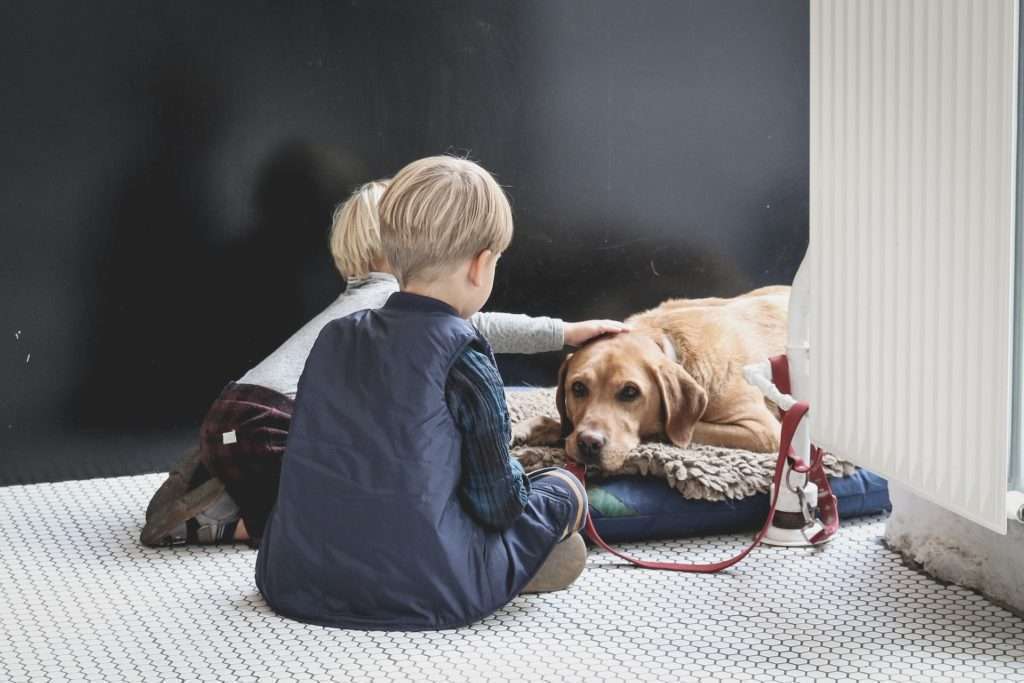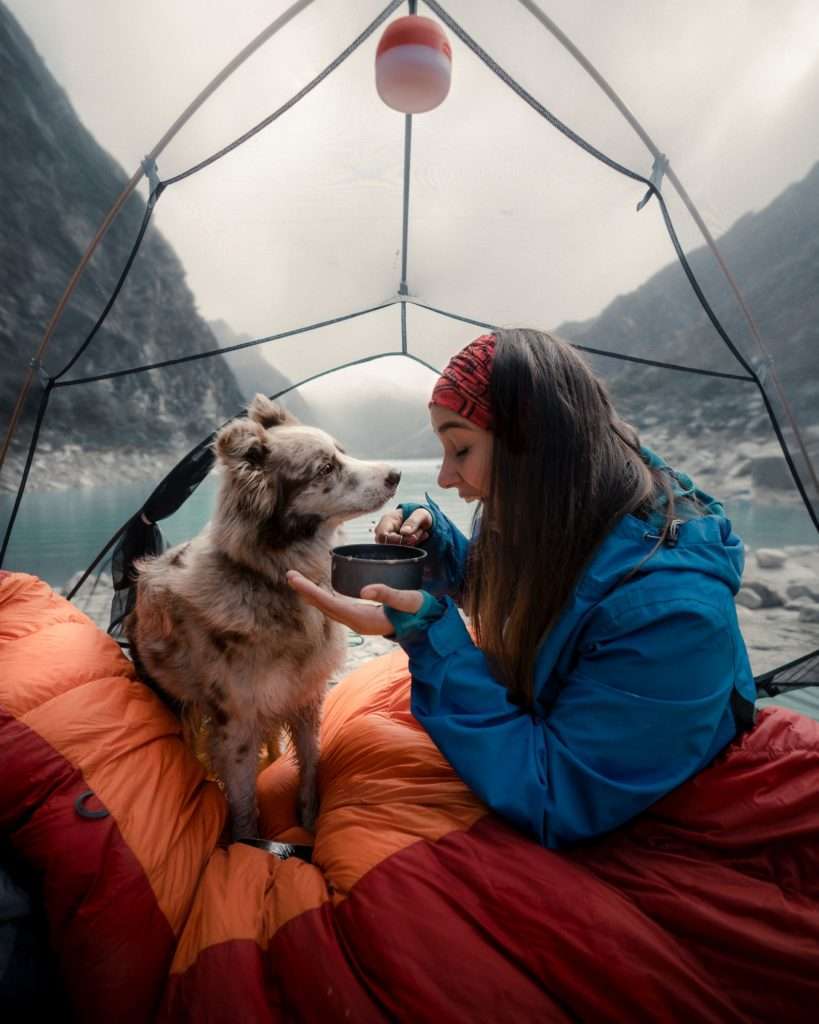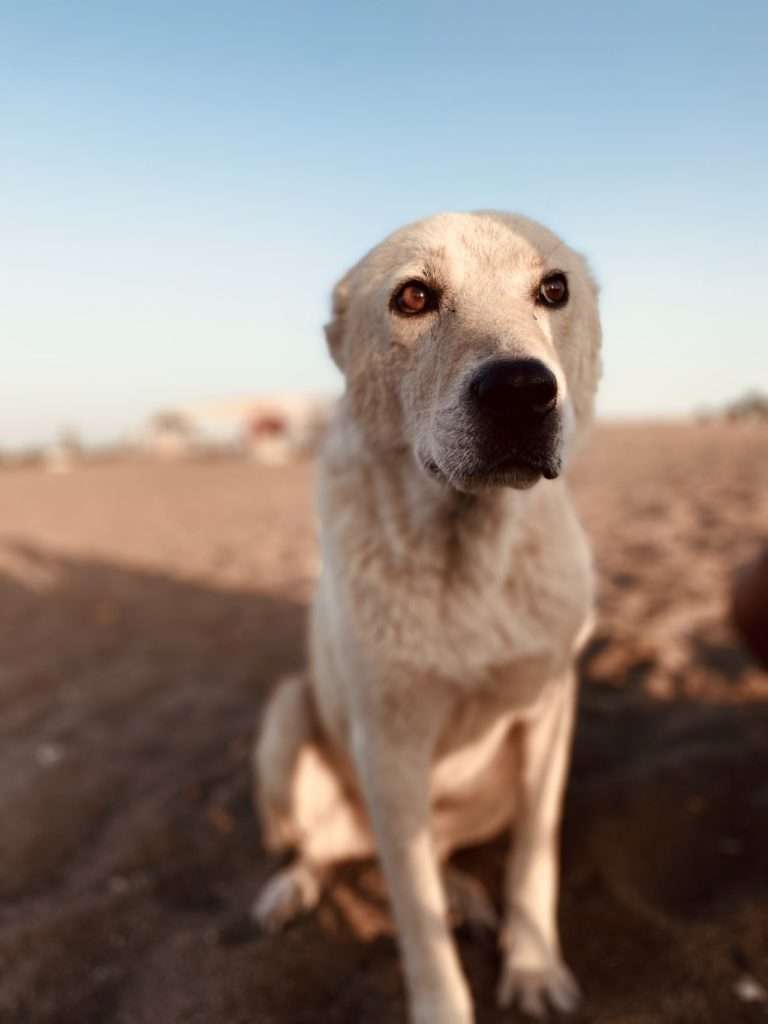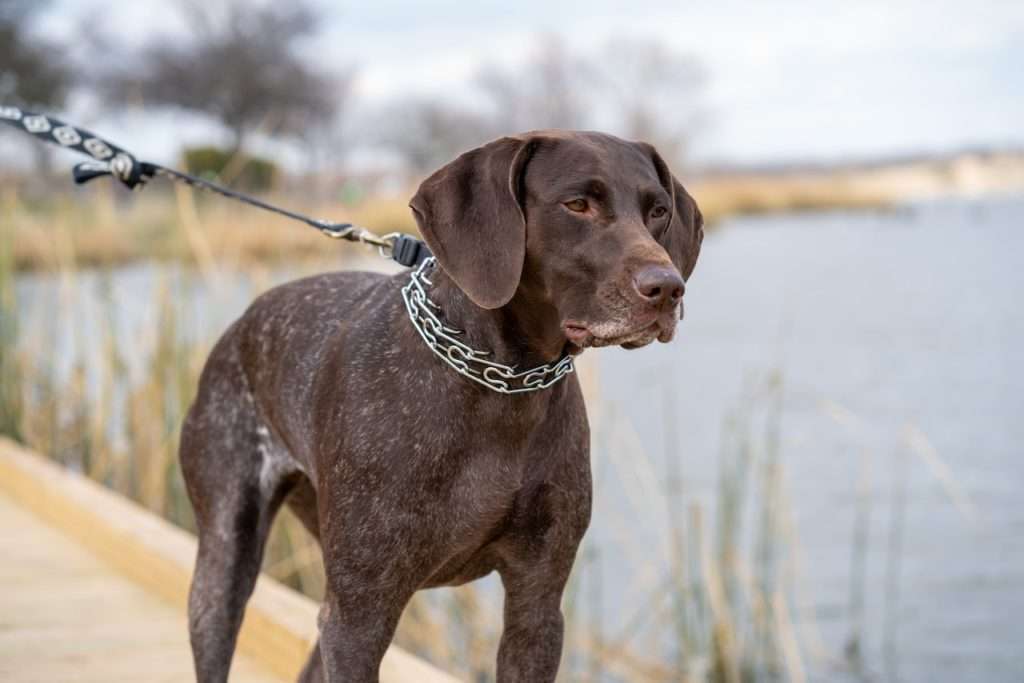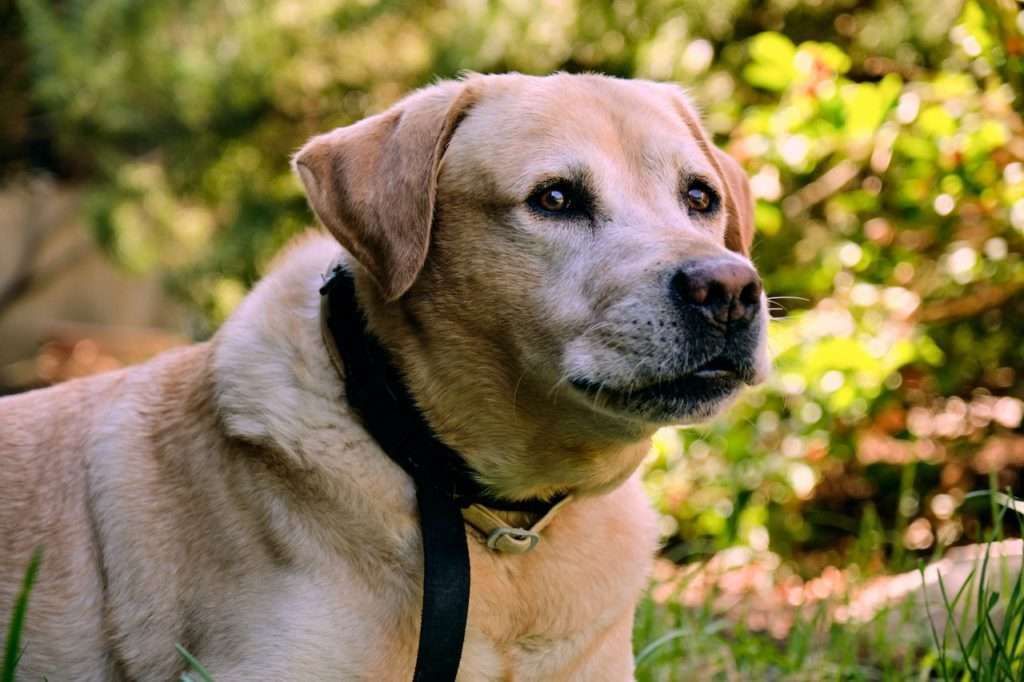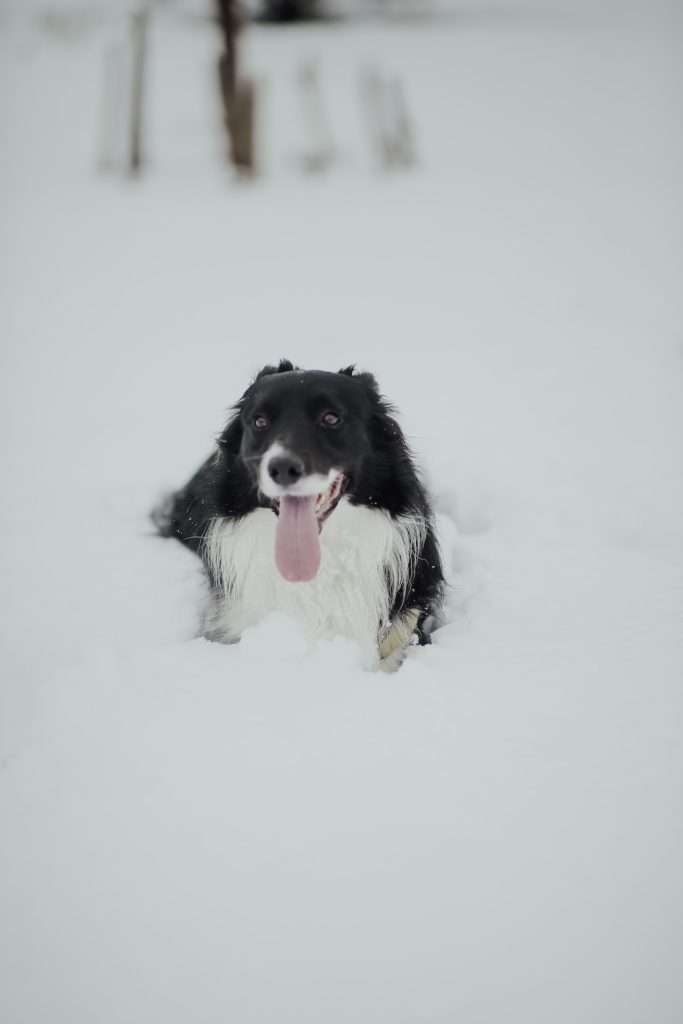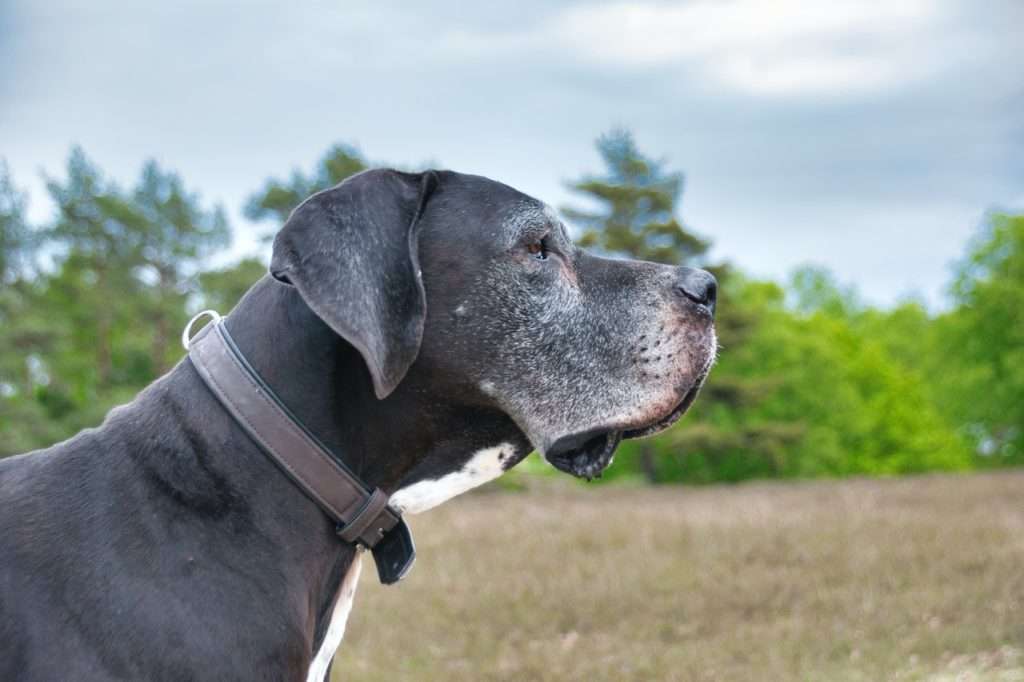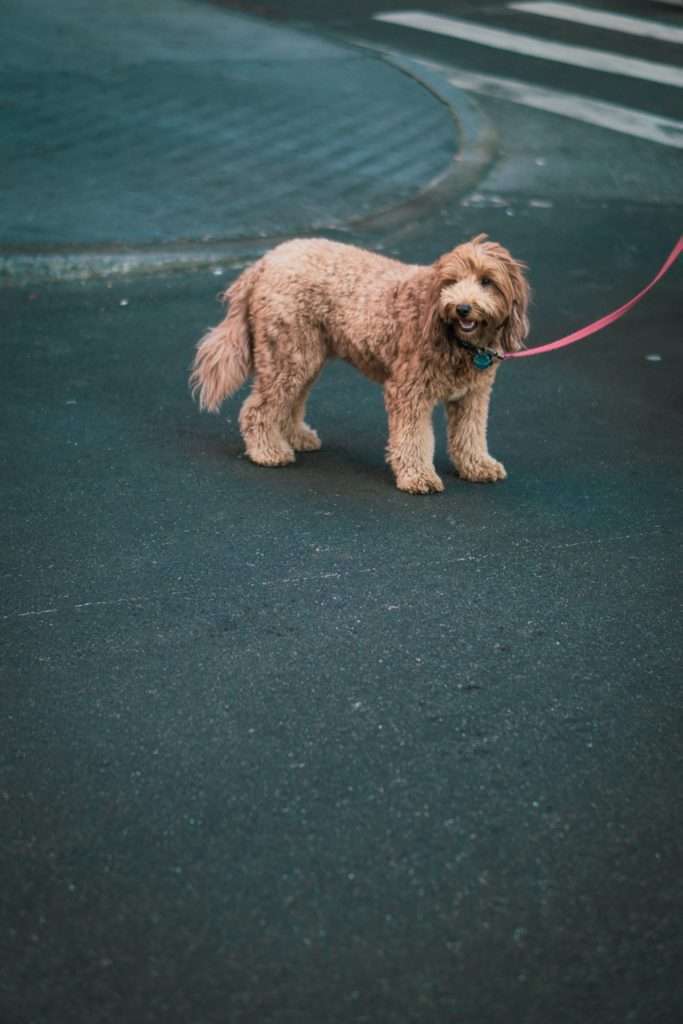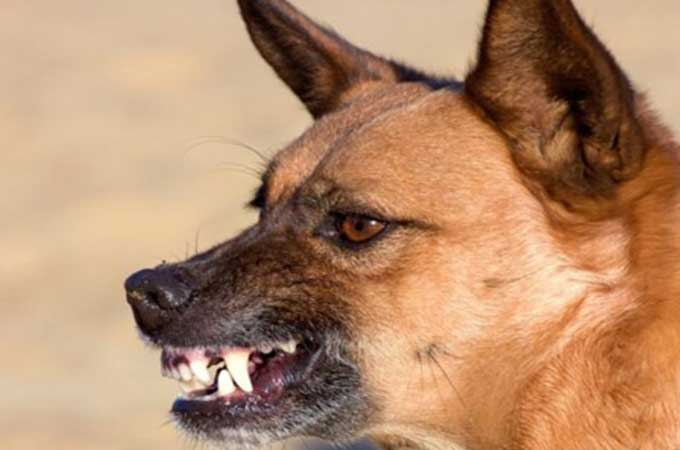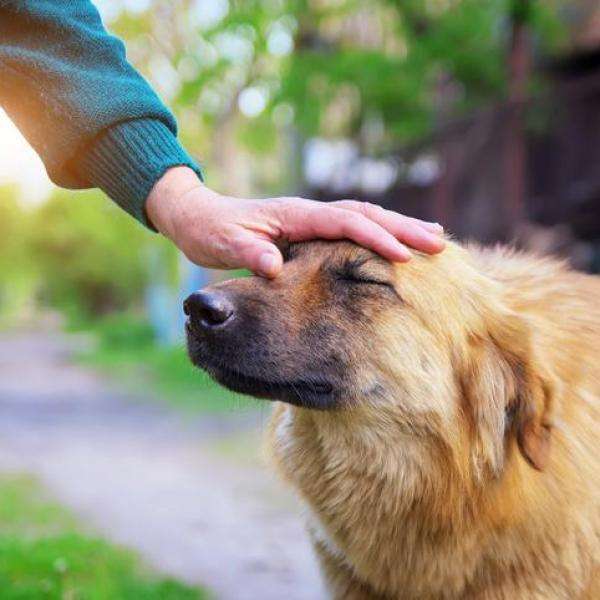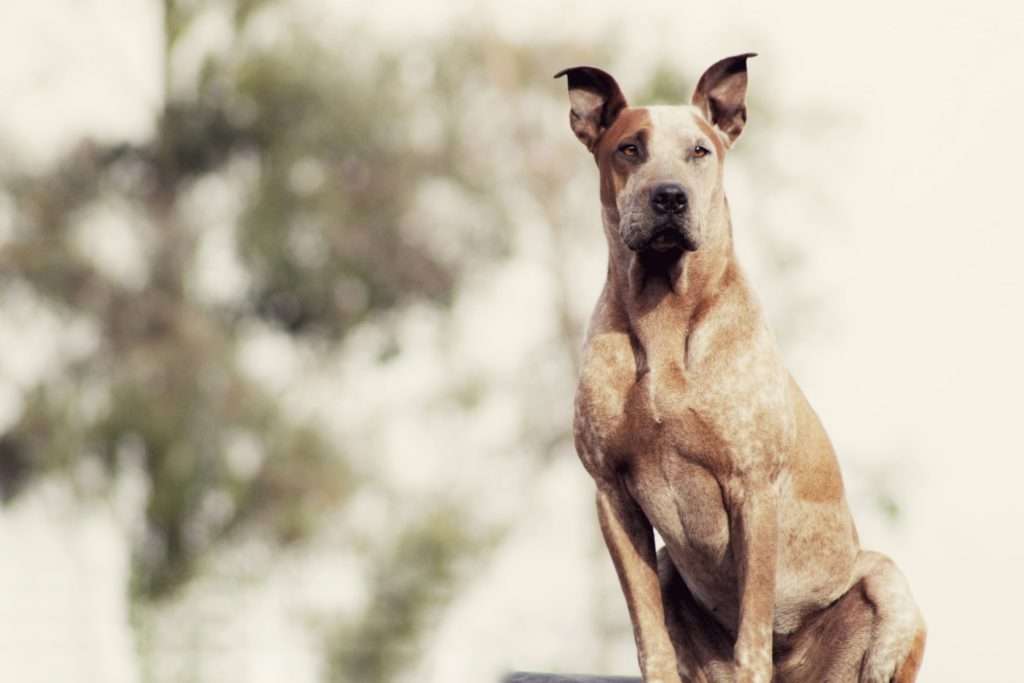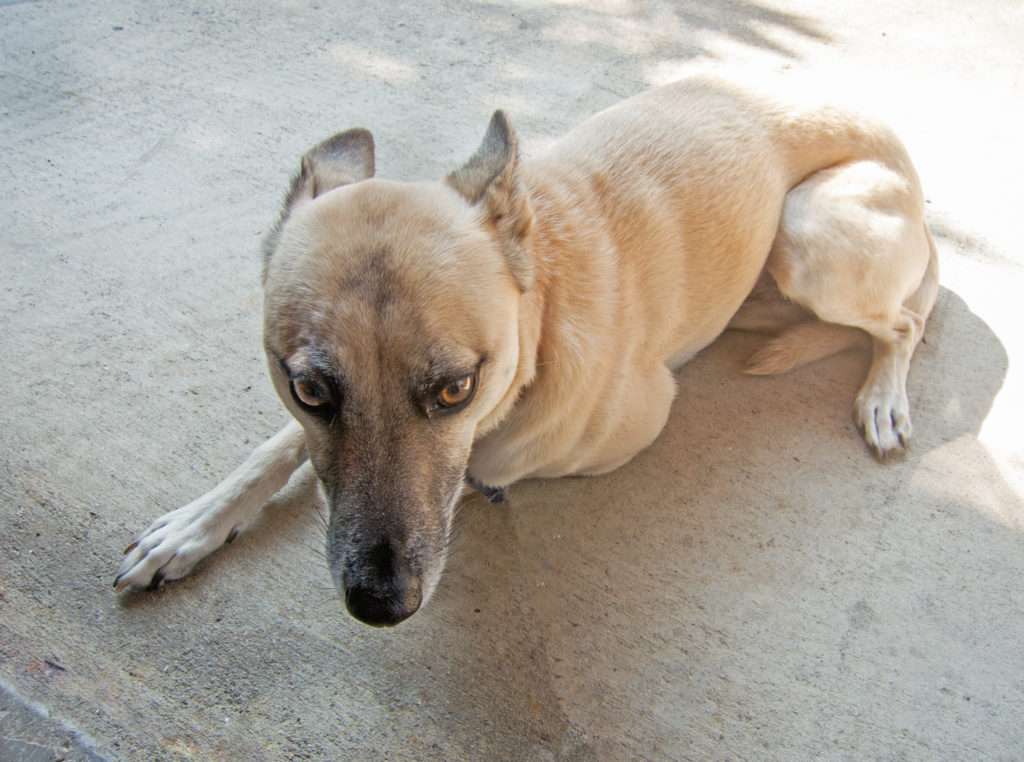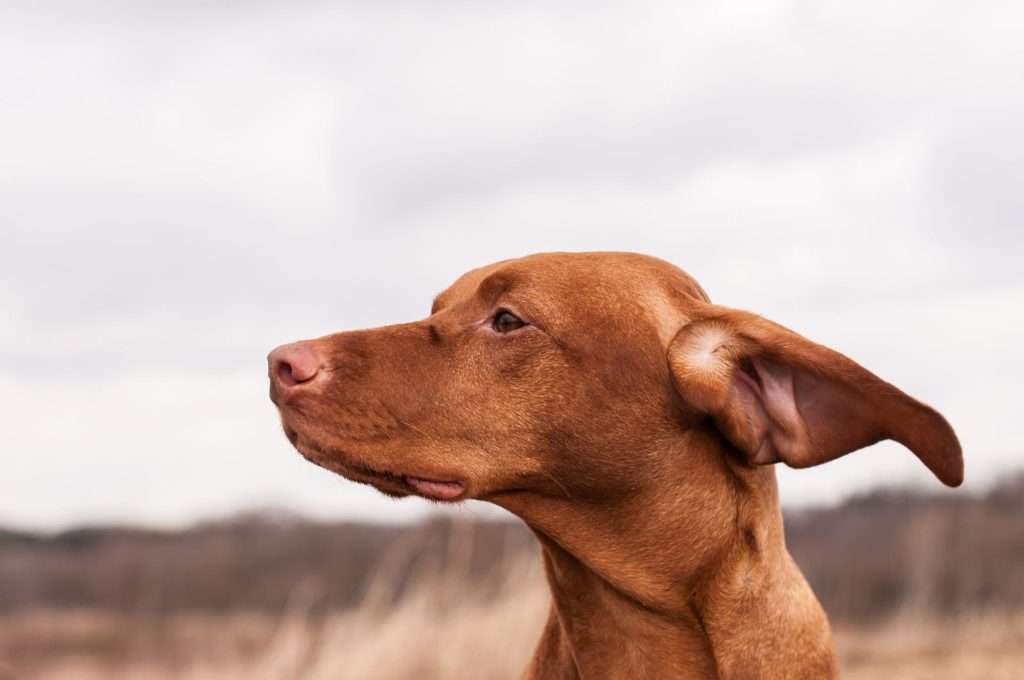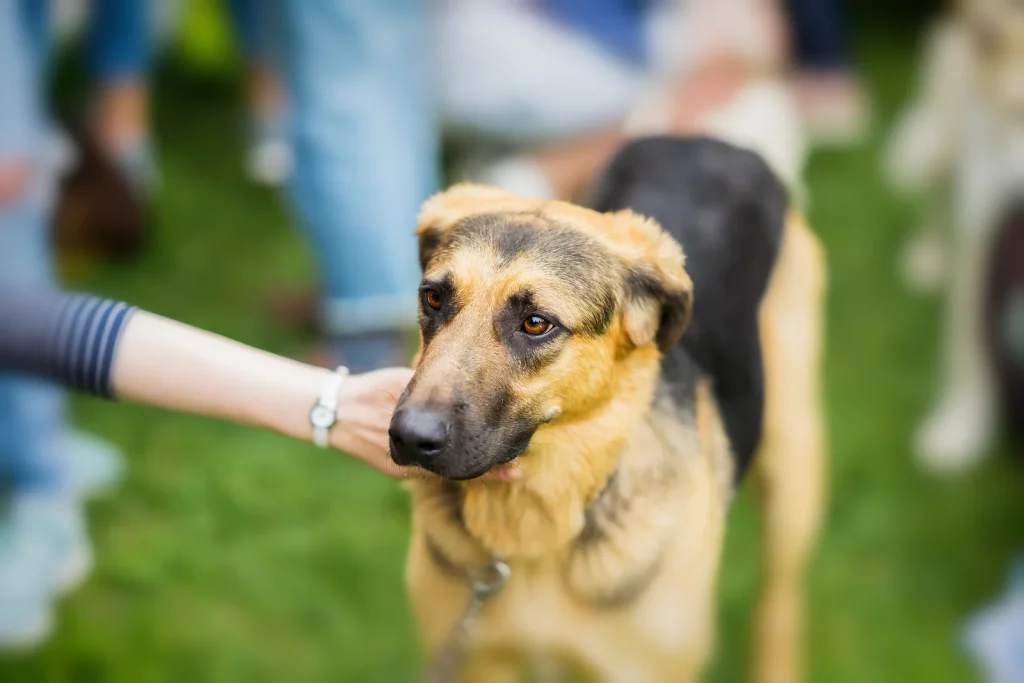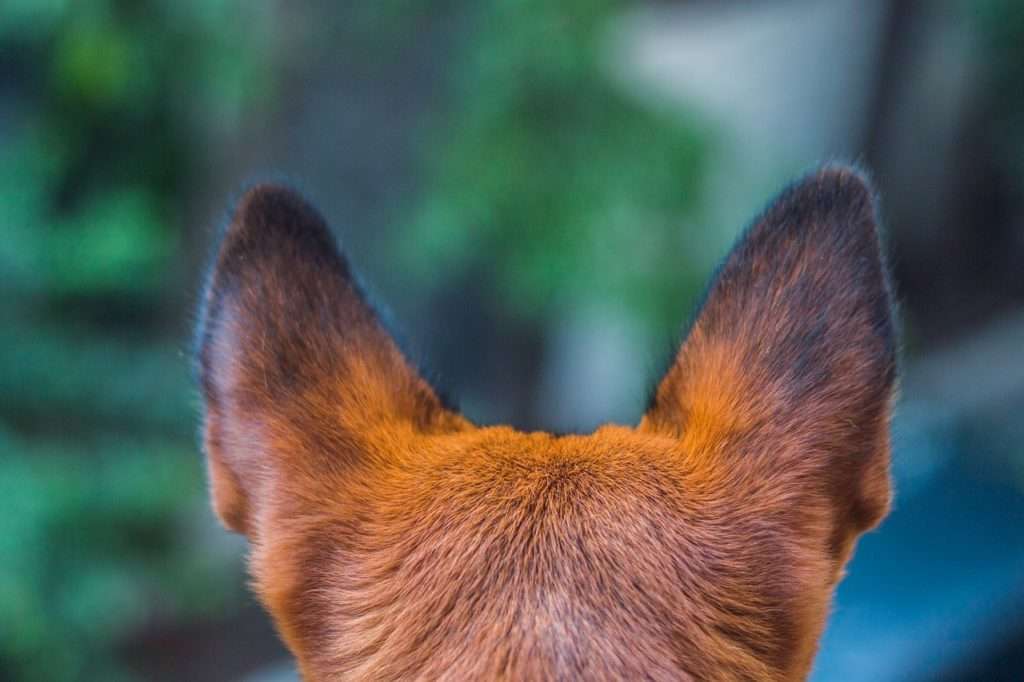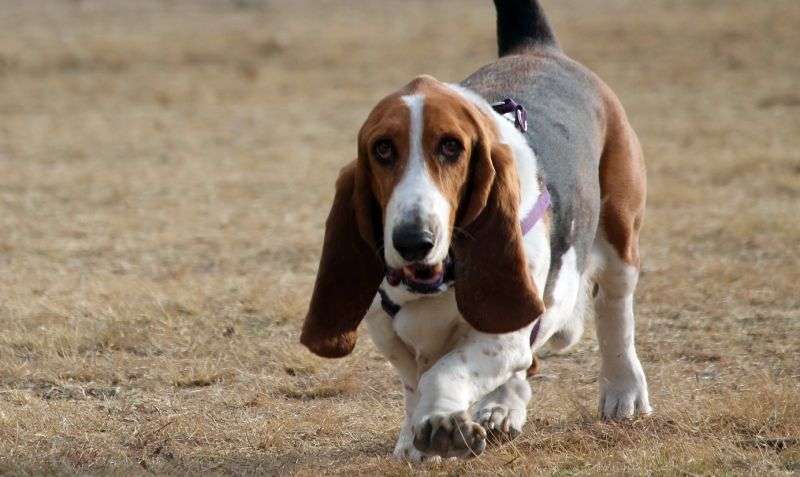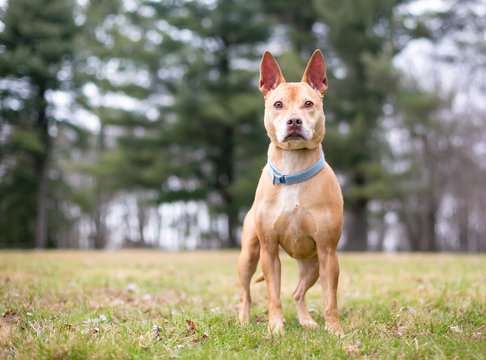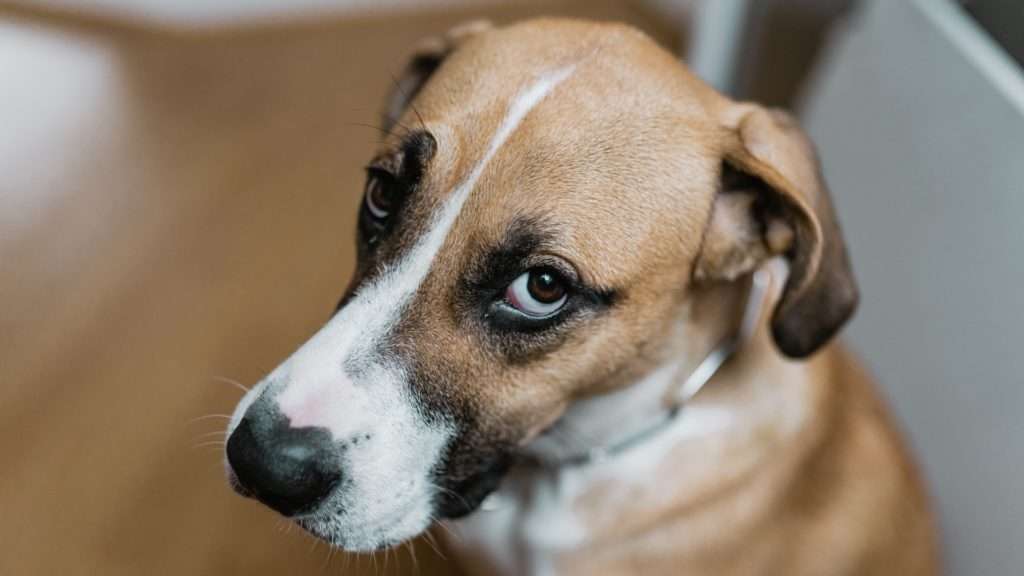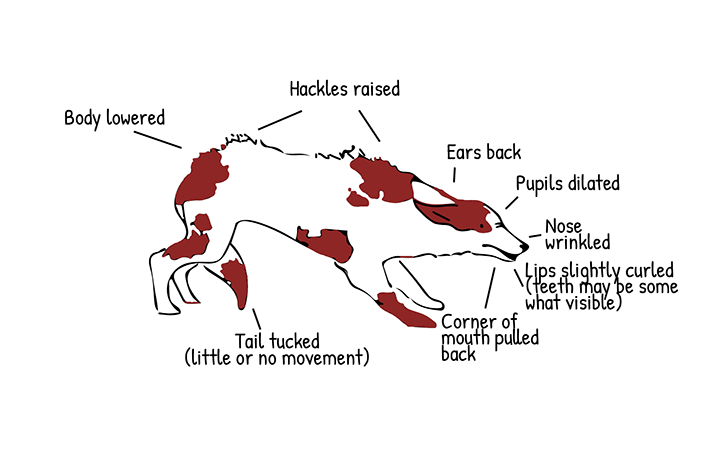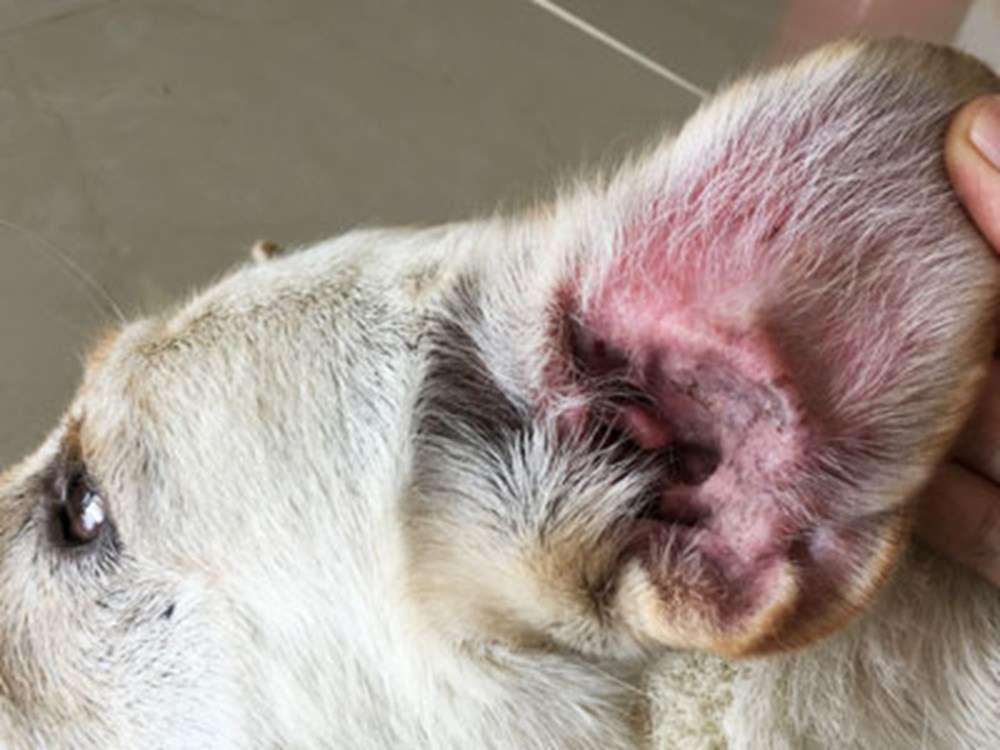Ouch, puppy teeth hurt! Dealing with puppy biting can be challenging. While puppies are undeniably cute, they are not polite with their sharp little teeth. Puppy biting can be concerning for pet owners worried about aggression and frustrating for those trying to address it. I’ve boiled this down into 3 easy, effective steps, which can be used to stop puppy biting.
Puppy biting is a normal developmental behavior!
Chances are, your puppy is not aggressive. They are just learning about the world.

Why Do Puppies Bite?
Many puppy owners worry about aggression when their puppies exhibit behaviors like growling, biting, chasing, and grabbing onto their clothes. That’s understandable! None of us got a puppy because we wanted it to bite people and scare kids.
It’s important to understand that this rude puppy behavior is very, very normal and yes, it’s temporary! I’m sorry nobody warned you! Here are three reasons your puppy is biting a lot:
- Teething:
Puppies, like human babies, go through a teething phase. Chewing helps alleviate the discomfort caused by emerging teeth. - Exploration and Play:
Puppies explore the world through their mouths, and biting is a part of their playful nature. They often nip during playtime, but it’s essential to teach them appropriate boundaries. (I will dig into this below!) - Attention-Seeking Behavior:
Some puppies resort to biting as a means of seeking attention. If biting results in a reaction, positive or negative, the puppy may repeat the behavior to gain attention. - They are Tired: It’s important to note that overtired puppies tend to be the worst, too. Puppies typically need about 18 to 20 hours of sleep per day, and few rarely get enough! Encourage puppies to nap by providing them with a cozy, safe spot to rest. We love this
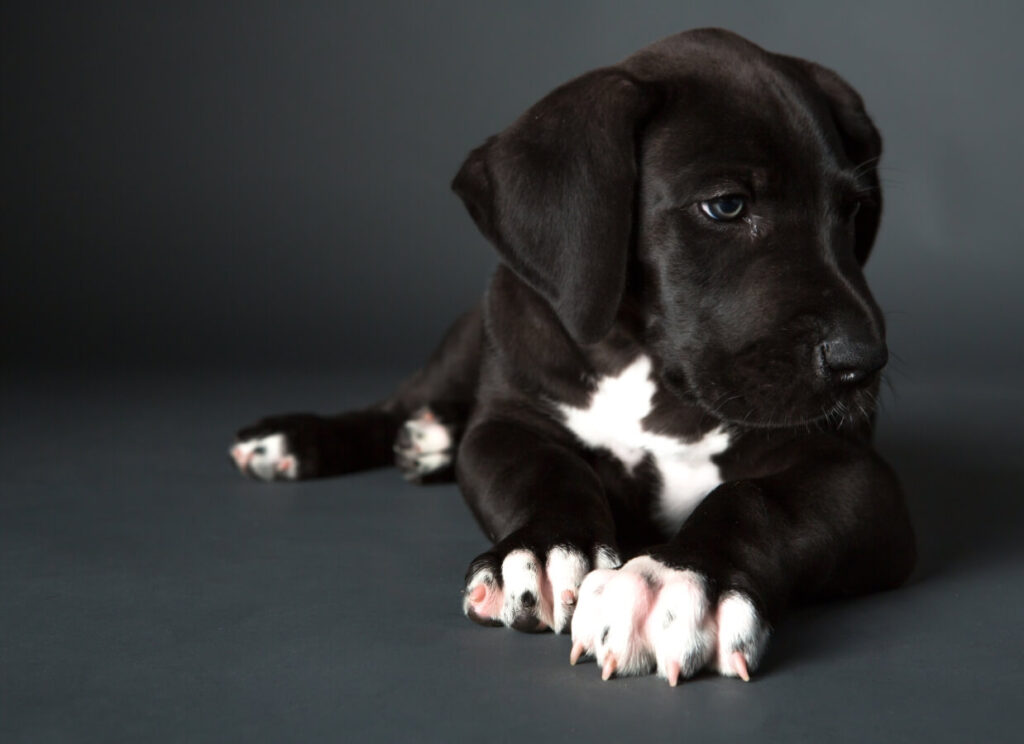
1: Replace Puppy Biting with Calm Behavior
The key to this is SLEEP!
Encouraging calm behavior in puppies involves implementing a consistent routine that includes regular feeding, playtime, and rest. Utilize a crate (like this Amazon Basics crate) so that your puppy has a safe, calm space to lay down.
Handle your puppy gently to build trust, and reinforce calm behavior with positive reinforcement such as treats or praise.
Never hit, pinch, scare, or shove your puppy as this kind of training may encourage aggressive and fearful behaviors in the future.
Interactive toys such as a KONG stuffed with frozen canned puppy food can be a wonderful alternative to puppy wrestling and wild play! Kong toys are wildly popular among pet owners for a reason! They are durable and easy to clean, and dogs love them.
A stuffed Kong also makes a fantastic reward for the puppy to enjoy while learning how to relax in their crate.
Observe patterns in your puppy’s energetic biting tendencies. Identify specific times of the day when this behavior tends to occur; most puppies are pretty consistent about this! Get ahead of the ball by substituting those times with a more appropriate activity, and prevent the behavior from escalating in the first place.
Amazon Basics Dog Crate
Amazon makes a line of quality, affordable dog crates in sizes to fit MOST breeds!
Giant breed dogs must look instead at the 54″ crates from Chewy.
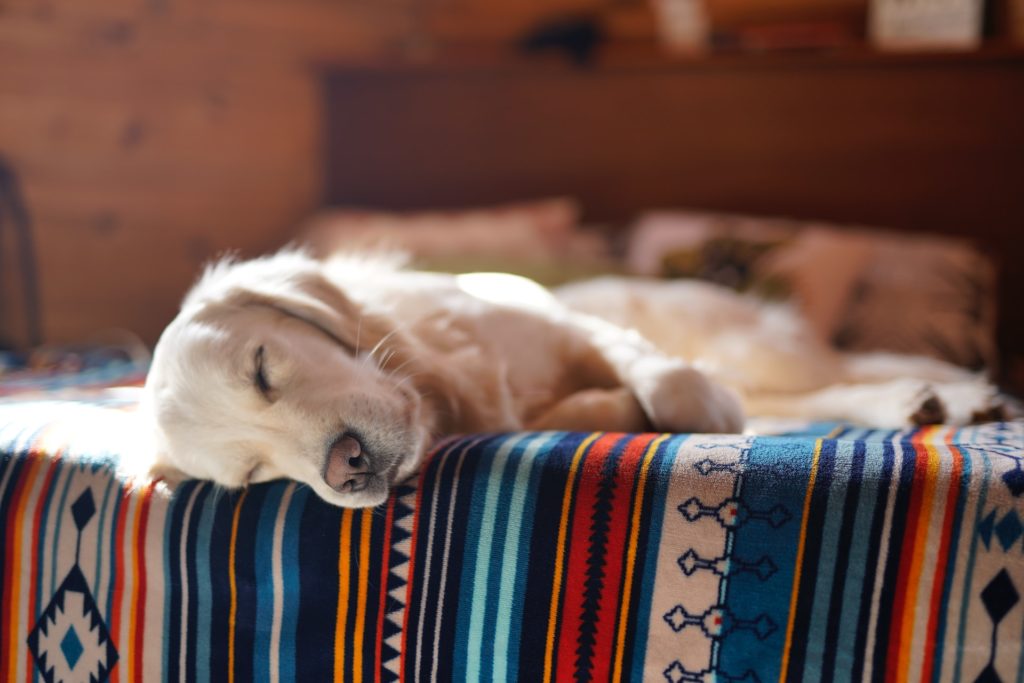
2. Stop Puppy Biting with Appropriate Communication
A common error that pet owners and children make when dealing with a biting, unruly puppy is responding with loud “NOs,” tugging at their clothes, running, and using hands to pinch, shove, or correct the puppy.
While reading this article, you might reflect on instances when you’ve engaged in such behaviors this week. It’s a typical human response, but the reality is that these actions only serve to prolong and encourage puppy-biting behavior.
Keep in mind that young puppies are quite immature. If we react to their immature behavior with fussing, shouting, and corrections that they don’t comprehend, the puppy may interpret these actions as play.
Even worse, certain commonly advised corrections, such as using a spray bottle or shoving a thumb into the puppy’s mouth, do little beyond instilling fear associated with exams, teeth brushing, and grooming.
Discourage puppy biting by practicing the art of ignoring. Demonstrate calm behavior by sighing, crossing your arms, and walking away. It truly is as straightforward as that.
If you are consistent, your puppy will realize that you lose interest in them when they bite you. Allow your puppy to figure this out. It will make them smarter, stronger, and more independent in the long run.

3: Say Ouch & Teach Bite Inhibition
Allowing your puppy to engage in biting and growling during play can be beneficial for their development.
Puppies naturally explore the world through their mouths, and this behavior contributes to the learning of bite inhibition, which is their ability to control teeth and jaws.
When observing young puppies, you’ll notice they bite each other with intensity. The bitten puppy squeals, signaling that the bite is too hard. This communication is instrumental in teaching puppies the appropriate force of their bites.
You can replicate this learning process at home during playtime. When your puppy bites, say “Ouch!” and either walk away or reengage to see if the puppy adjusts. It might be necessary to repeat the “Ouch” to reinforce the message.
Additionally, redirect your biting puppy to a chew or toy, further promoting appropriate chewing behavior.
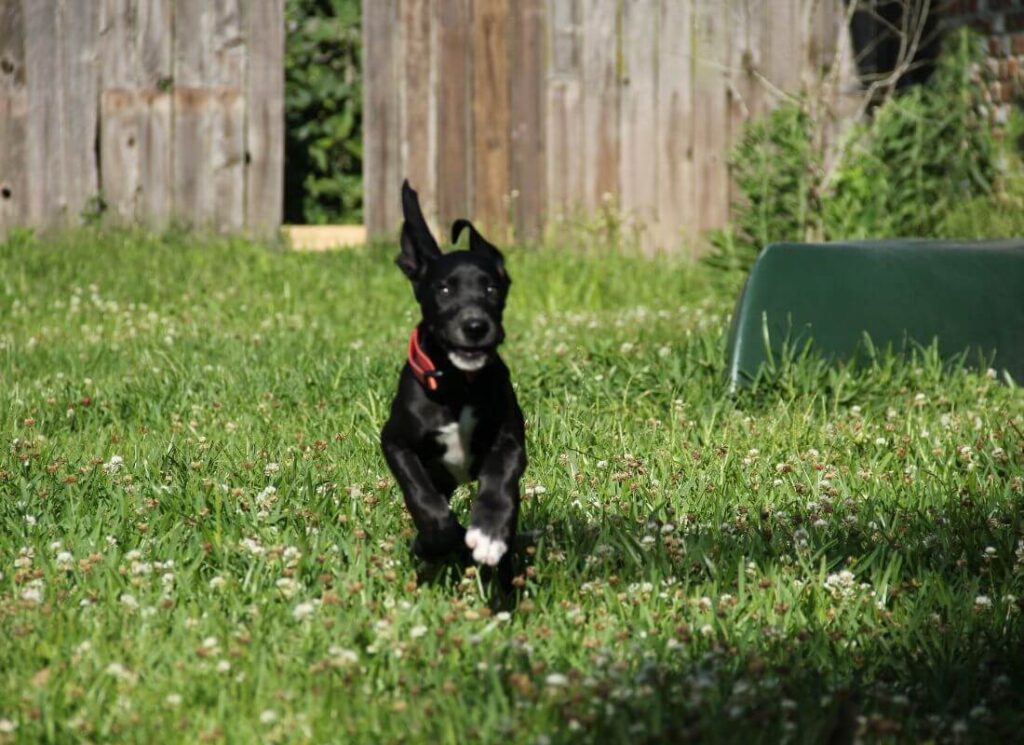
When Do Puppies Stop Biting?
Puppies typically start to curb their biting behavior as they mature, with significant improvements by the age of six months.
That may seem far away, but time flies! The more consistent you are with your training at home, the faster your puppy will learn.
Remember to teach your children how to deal with the puppy, too! Encourage calm, safe interactions and save the rambunctious play times for when your puppy is more mature.
How have you stopped puppy biting? Leave a comment below!
